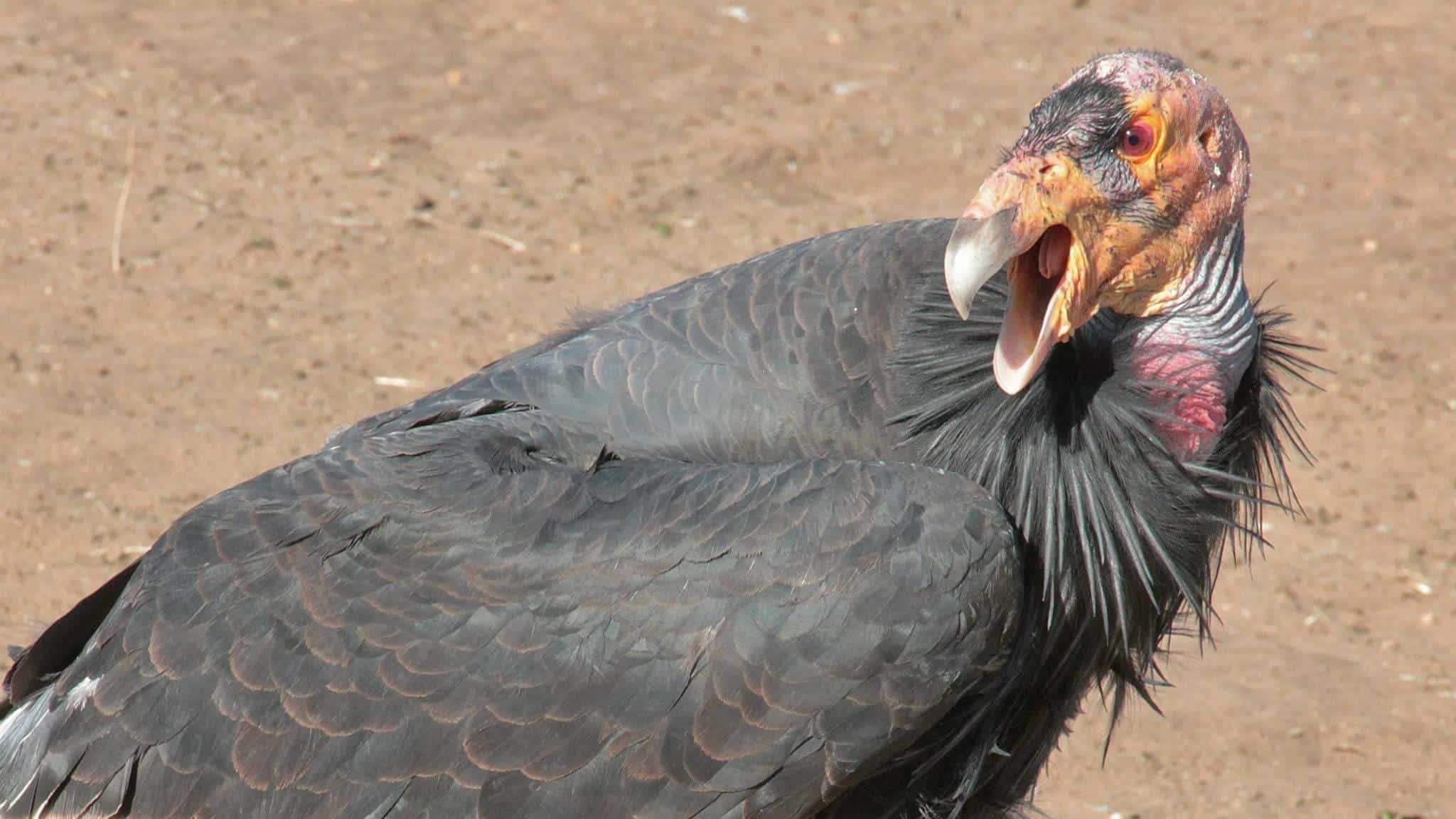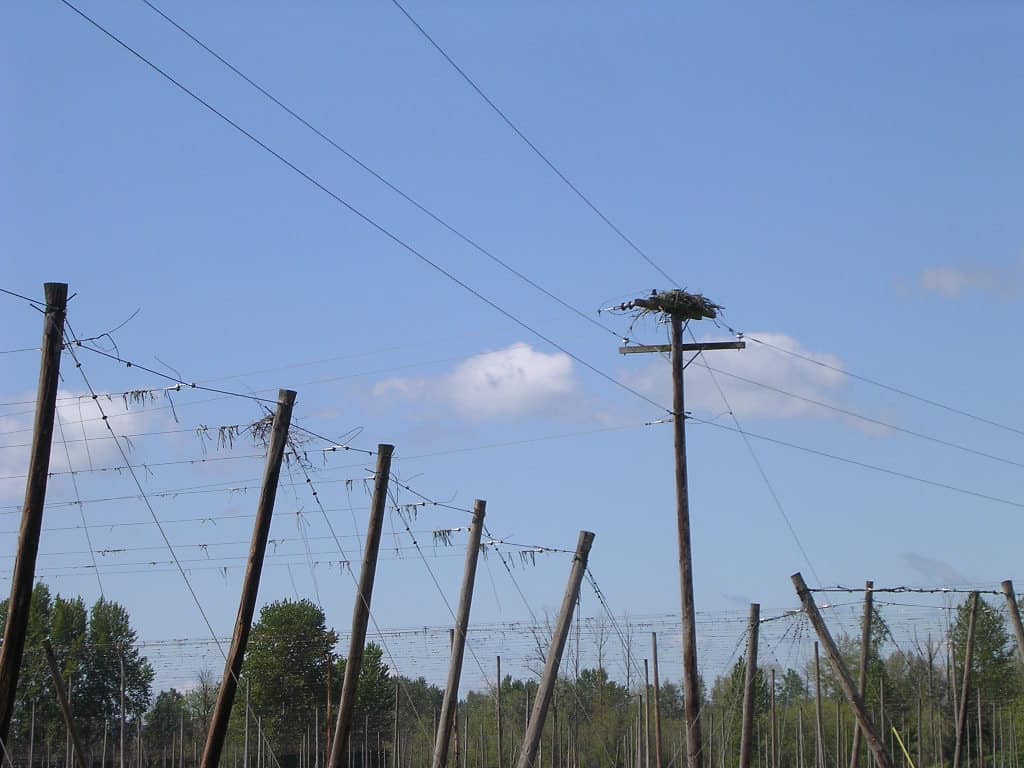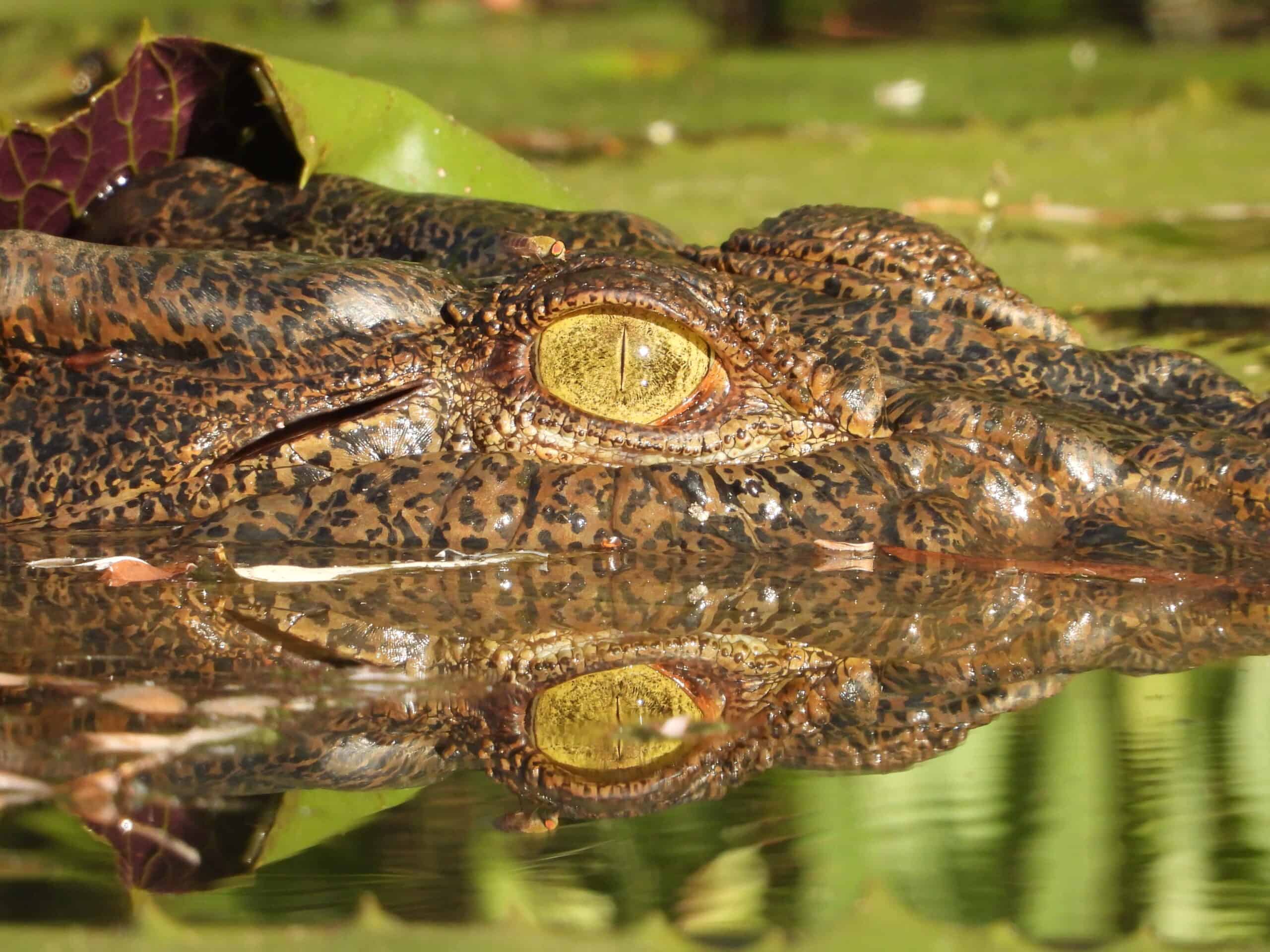Share this article
Wildlife Featured in this article
- California condor
- Grizzly bear
- Harbor seal
- Gray seal
- Cougar
As the avian flu spread, its severity grew
Researchers found the virus is usually severe in mammals
An avian flu virus that has proved unusually deadly in both wild and captive bird populations has gained new genes and greater virulence as it spread, allowing it to even infect the brains of mammals.
In a study published in Nature Communications, St. Jude Children’s Research Hospital scientists traced the virus’s expansion as it affected waterfowl populations across North America to understand why it behaves so differently from previous avian flu viruses.
The latest strain of highly pathogenic avian influenza has affected types of birds, including scavengers and crows, that are not usually affected by flus, as well as a variety of mammals, including foxes, mountain lions and seals. A few poultry workers have also contracted the virus, but researchers believe it still poses little risk to human health.
It was the risk to humans that got St. Jude researchers involved, but to understand the risk this may hold for humans, researchers had to understand its development in wildlife.
“We actually think all flus probably start as avian flus,” said study co-author Richard Webby, a faculty member in St. Jude’s Department of Infectious Diseases and director of the World Health Organization Collaborating Centre for Studies on the Ecology of Influenza in Animals and Birds.
The H5N1 virus has been known since 1996, but the current strain—or clade—emerged in 2021, and it has been particularly devastating. Poultry farms around the world have culled birds to try to contain the virus, and it’s spread throughout wild bird populations. At least 21 critically endangered California condors (Gymnogyps californianus) have died from the virus—about 6% of the population—prompting an emergency vaccine effort. It has even affected a number of mammals, including a grizzly (Ursus arctos), a mountain lion (Puma concolor) and dozens of harbor seals (Phoca vitulina) and gray seals (Halichoerus grypus) in New England.
When Webby’s team infected ferrets in a lab, they found recent strains of the virus were particularly deadly to mammals due to unusually high levels of the virus in the brain.
Researchers found that the direct ancestor of the recent strains picked up a different version of the viral protein, neuraminidase, which increased the virus’s ability to transmit between birds, bringing a deadlier form of the virus as it spread around the world and allowing it to infect different types of birds. “It became so well adapted in the wildlife population and spread so widely that when birds migrated, they essentially contaminated much of Europe and Africa,” Webby said.
As the virus continues to spread, it is reaching wildlife populations that rarely get the flu. “It seems to be a super-spreader in wild birds, and therefore more wild birds and more mammals are contracting it,” he said.
Once it reached North America, it picked up new genes here, which made it more lethal among mammals.
While the future of the virus is hard to predict, Webby said, its virulence among wildlife appears to be ebbing as more and more individuals develop immunity.
“From a wildlife perspective, I do think it’s going to get better,” he said. “I’d like to think it’s going to go away, but my personal feeling is, that’s not likely.”
Header Image: At least 21 California condors have died from the avian flu virus, prompting an emergency vaccine effort. Credit: K Scott Flaherty/USFWS








